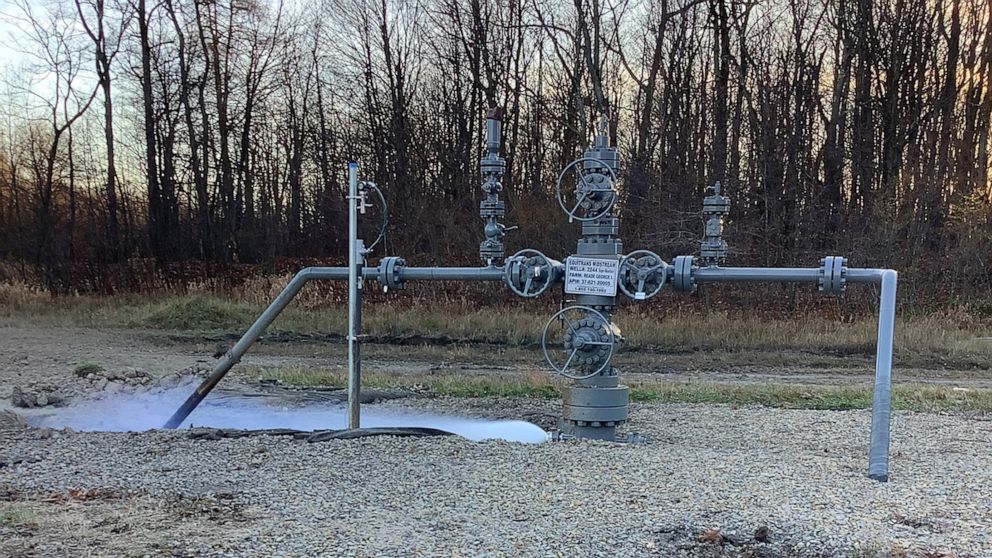To you maybe. For those of us who study the metanarrative that encompasses "climate crisis" theory; what Scott is telling you is true.
There are only two outcomes Gus:
1.) A massive reduction in human population
2.) A massive reduction in quality of life and liberty for the human population
Or both...
We are already getting both but for the opposite reasons. In addition to climate change induced disasters you can add effects of pollution. While pollution is a huge problem in developing countries, we're not free of it either - sufficient to pull up the cancer studies to see how we're affected.




